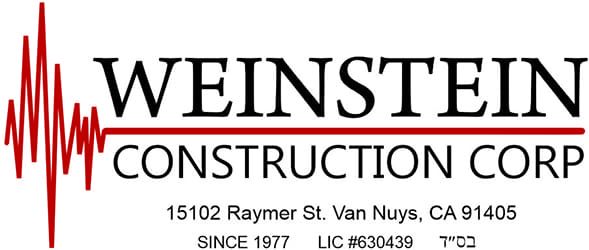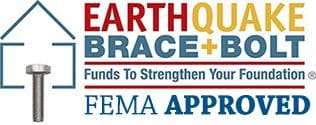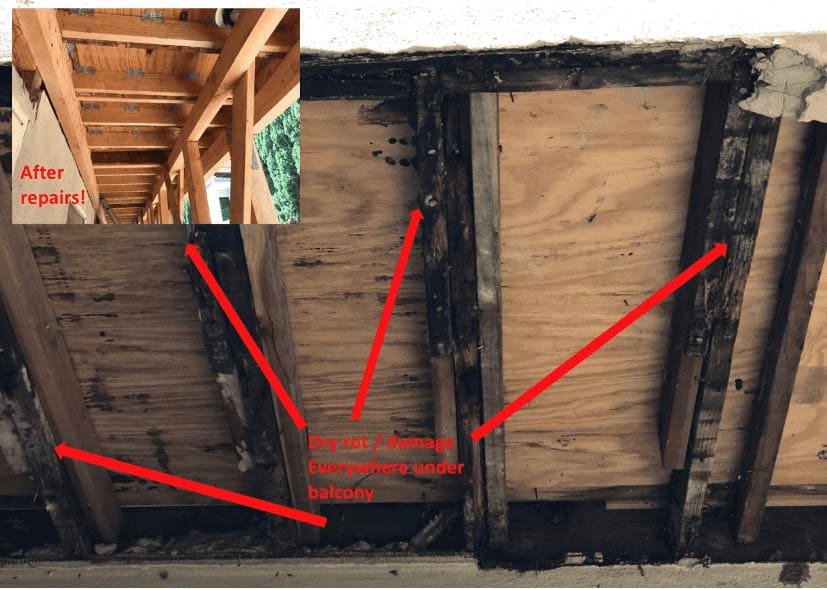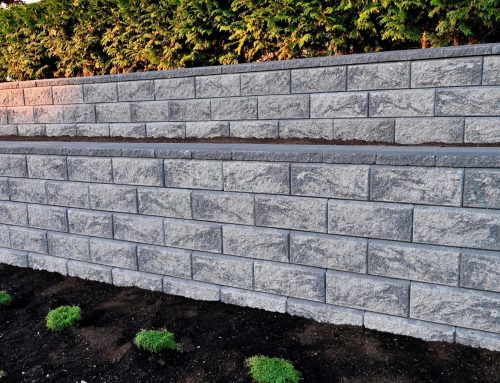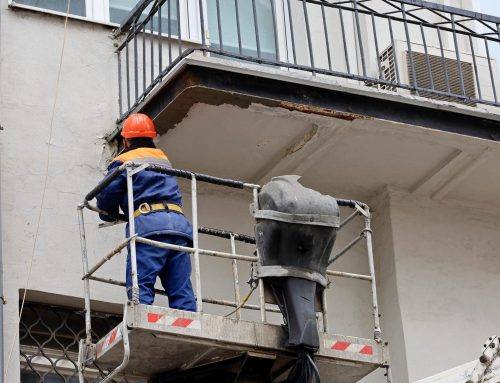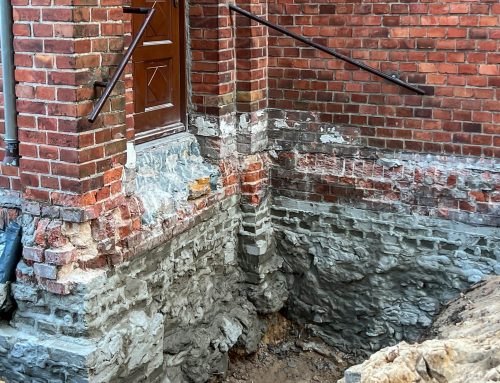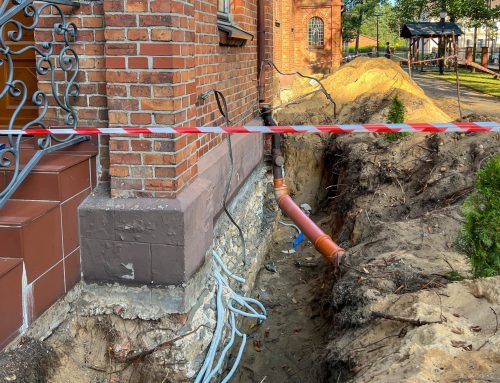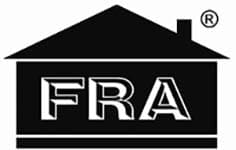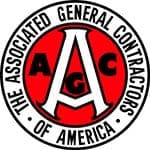If you are a frequent reader of our blogs, then you may have already heard about the State of California’s new mandatory Balcony Inspection Laws, which have been “on the books” for a couple of years. We are referring to California SB 721 and California SB 326, which were passed by the California legislature in response to the death of six UC Berkeley students after the collapse of the balcony they were standing on during a party. Interestingly, SB 721 relates to commercial apartment buildings and SB 326 relates to condominiums or multi-family housing that are controlled by residential Condominium association. If you are new to these laws, then keep reading this blog as we provide critical information about them below!
SB 721 (multi-family residential apartment buildings)
The law requires owners of residential apartment buildings with three or more apartments, as well as Exterior Elevated Elements (“EEE”), to undergo a safety inspection by January 1, 2026, and thereafter, at least every six years. This safety inspection must be done by a licensed architect, civil or structural engineer, or a specialty-license building contractor. The inspector must review the structural integrity and waterproofing of the building’s EEEs (e.g., decks, balconies, stairways, and walkways which (a) rely in whole or in part on wood structural supports; (b) are elevated more than six feet above ground level; and (c) are designed for human occupancy or use).
If the inspector finds issues that constitute an immediate threat to the safety of the building occupants (e.g., dry rot, structural compromise, rust and corrosion, cracking, etc.), the inspector must report these to the local enforcement agency within 15 days, and the building owners will then have anywhere from 15 to 120 days to undertake the repairs (obviously, immediate threats to life will have to be remediated on an urgent basis).
SB 326 (condominiums and multi-family housing controlled by Condominium associations)
The law requires owners of condominium buildings and housing controlled by Condominium association, that have three or more units, as well as the “EEEs” discussed above, to undergo a safety inspection by January 1, 2026, and thereafter, at least every nine years. The safety inspection must be undertaken by a licensed architect or a licensed civil/structural engineer, and all immediate safety concerns must be reported by the inspector to the property’s local enforcement agency. While Condominium associations must undertake emergency repairs immediately, if there are no urgent safety concerns, the Condominium association is not mandated a timeline to apply for permit repairs, and therefore can control the timing within which to conduct the repairs, and include the repair costs in the Condominium association fees charged to the condo owners.
What are the implications of the California Balcony Laws as they are currently written?
As we get closer to the inspection deadline, the rush to inspect means that ever-larger numbers of buildings will be competing for the attention of a relatively small number of inspectors in the Los Angeles region. These inspectors will be struggling to cope with inspecting and repairing many thousands of apartment and condo buildings! The basic laws of supply and demand will kick into high gear, and that means inspection fees and construction costs will soar, and inspection delays will mount, the closer we get to the inspection deadline!
Pay attention to the new Senate Bill 607, signed into law in September 2022!
As you may already know, SB 721 originally prohibited balcony repair contractors who conducted inspections from repairing damaged EEE’s. However, SB 721 was further amended by SB 607, signed into law in September 2021, which eliminated this prohibition! Today, California law allows contractors to both inspect and repair EEEs at multi-family residential apartment buildings!
The new California Assembly Bill 2579 (approved on September 28, 2024) which extended the deadline for the initial inspection until January 1, 2026, also mandates that: (i) a new inspection is not required until January 1, 2026, if the property was inspected between January 1, 2016, and January 1, 2019, and thereafter, a new inspection is required every six years; and (ii) if an adequate inspection was conducted between January 1, 2019, and the present time, a re-inspection is not required, until six years after the date of the inspection report, and thereafter, every six years.
Act now! Have your building inspected earlier, rather than later, and reap the benefits of more flexibility in scheduling an inspection, as well as lower costs for inspection and remediation (if any is required). call Weinstein Construction today at (800) 862-6582 to schedule your free “Balcony Law” consultation – take advantage of lower prices today and get help in planning for this important and mandatory inspection program!
